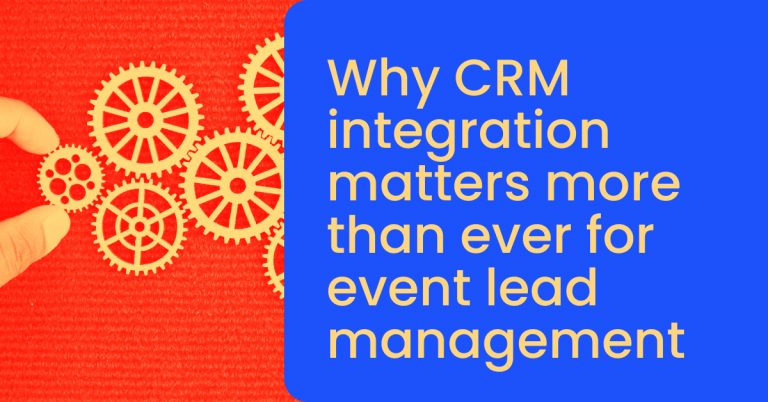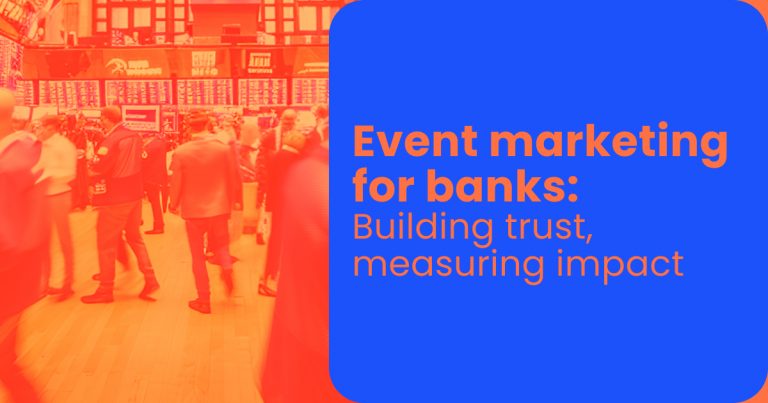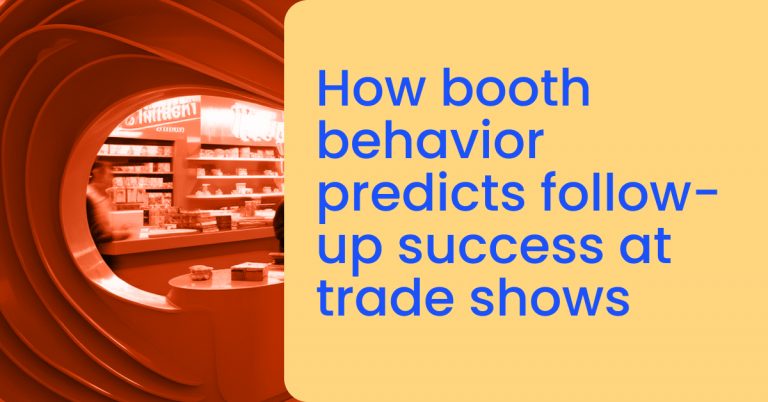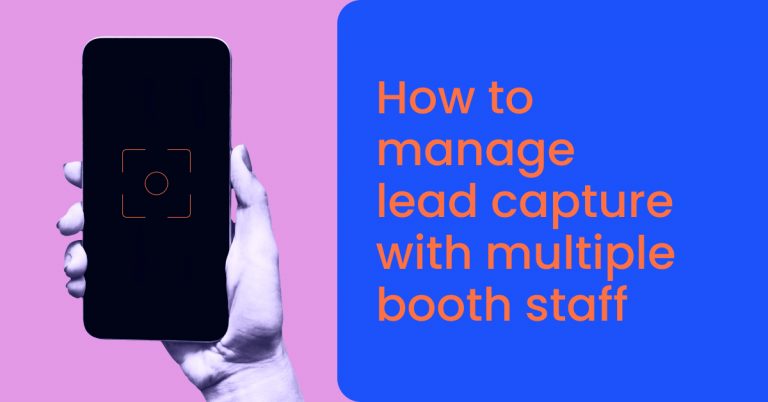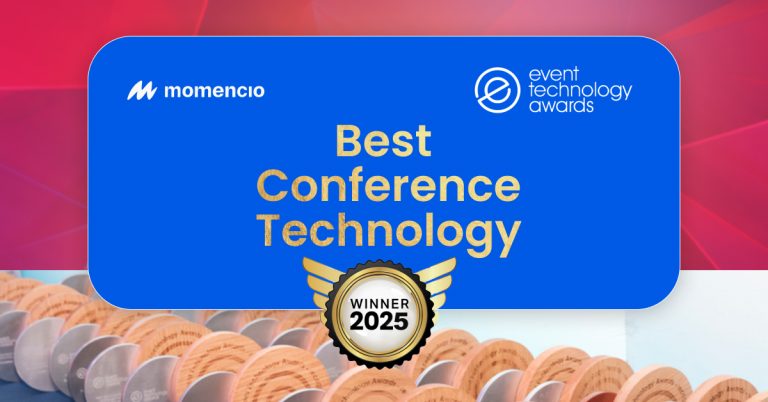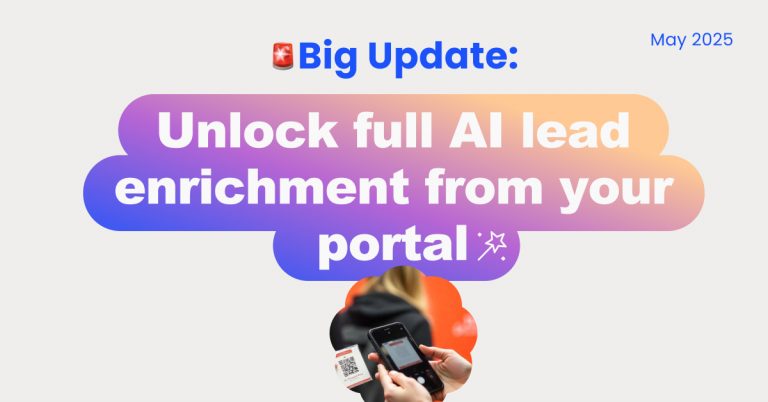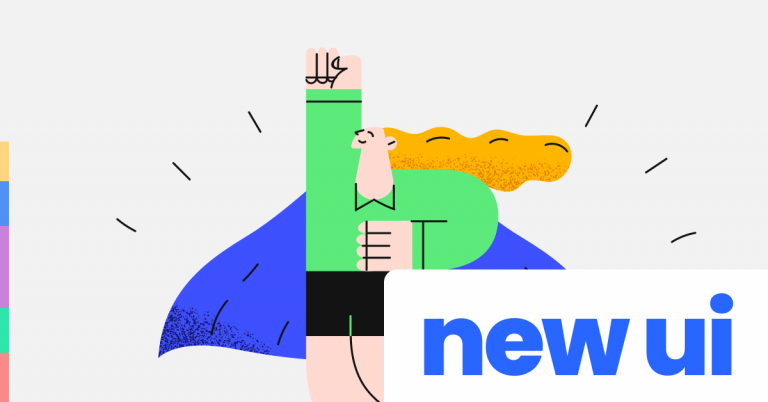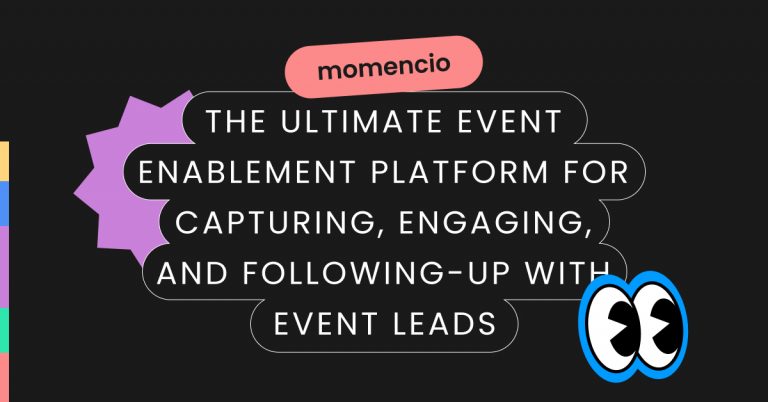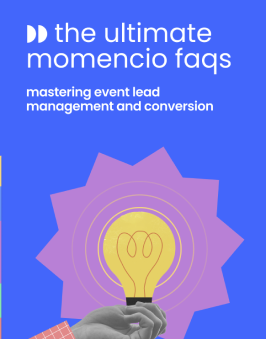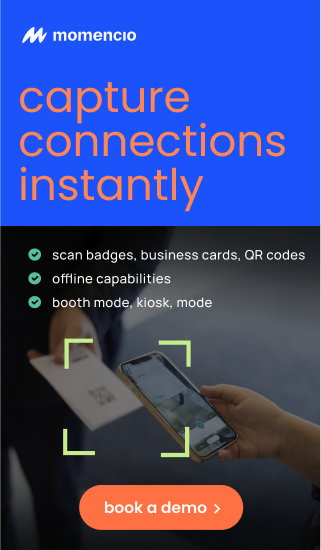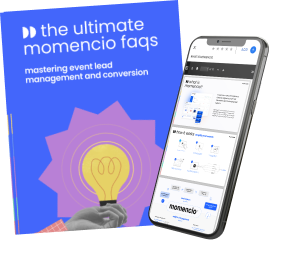When the CEO of OpenAI signals a shift toward human experiences, it’s not just a philosophical aside. It’s a recalibration of where value is heading.
Earlier, Sam Altman made a quiet but striking prediction.
“There’s going to be a huge market and premium on human, in-person, fantastic experiences in the next 5–10 years.”
At face value, it sounds like a nod to the return of events, meetups, and conferences. But beneath the surface, this is not about nostalgia for the pre-pandemic handshake. It’s a sharp insight into the economic consequences of a world overwhelmed by AI. When every interaction — every email, ad, video, chatbot — can be synthetically generated, the most valuable currency left is presence.
Not just physical presence. Meaningful, high-friction, emotionally resonant presence. The kind of moment that isn’t scalable, isn’t cheap, and can’t be faked.
Altman isn’t betting on the past. He’s betting on scarcity. In-person experiences — when done well — will become premium because they can’t be commoditized. They require effort. They build trust. They cut through noise.
This article isn’t interested in declaring that “events are back.” That’s not the point. The real opportunity is for field marketers and sales leaders to recognize that in-person is no longer a default tactic — it’s a high-stakes, high-impact strategic asset. And it needs to be designed, deployed, and measured as such.
Altman’s bet points to a new hierarchy of value. At the top? Moments that feel human. Contexts that earn trust. Experiences that leave residue.
If you’re in event marketing or sales enablement and you’re not rethinking your in-person strategy in light of this shift — you’re already behind.
Altman’s bet is bigger than events. It’s about scarcity.
Sam Altman didn’t make a prediction about events. He made a prediction about value — and where it will concentrate in an AI-saturated world. That distinction matters.
What he sees, and what a few others are articulating, is that as intelligence becomes cheap, intimacy becomes expensive. The web is already flooded with content. Soon, it will be indistinguishable whether that content was made by a person or a prompt. Customer interactions, sales emails, onboarding experiences, increasingly fast, polished, scalable, but also increasingly empty.
In that context, a live, in-person moment becomes rare. It takes effort. It introduces friction. And friction, counterintuitively, signals intent.
This is the core of Altman’s insight. Not that more people will go to conferences. But that in-person experiences will begin to signal seriousness. In business, in learning, in relationships. They will become a kind of social and commercial filter, a way to separate signal from automation.
For event marketers and field sales professionals, this changes everything.
In-person events are no longer the middle child of the funnel, not as cheap as digital, not as luxurious as VIP offsites. They’re now high-scarcity, high-commitment opportunities to create concentrated value. That means the cost of mediocrity has gone up. The margin for error is thinner. A booth that feels generic doesn’t just underperform, it devalues the brand. Because if you’re going to show up in the real world, it better matter.
This is why the smartest brands are rethinking how they show up. Not more events. Fewer. Better. Sharper.
They’re asking:
- What part of our buyer’s journey requires a physical experience?
- What can only be learned or felt face-to-face?
- What part of trust, emotion, or urgency are we unable to generate online?
Scarcity forces prioritization. And prioritization forces clarity. Altman’s bet isn’t about the rebirth of events, it’s about the rebirth of selective, designed, high-trust interactions. In that future, in-person isn’t a channel. It’s a strategic chess move.
And the marketers who understand that? They’re not scaling attendance. They’re manufacturing leverage.
In‑person is the last high-trust channel
Digital reaches. It does not convince.
Today’s marketing stack can find the right person, deliver the right message, and trigger the right follow-up with impressive speed. It can do all of that automatically and at scale. But it cannot prove that your company is the right choice. That is still earned through trust, and trust does not scale the way impressions do. A buyer may click your ad or download your whitepaper, but that does not mean they are convinced. Most digital interaction is easy to trigger and easy to ignore.
Trust forms through real-time human exposure
What digital lacks is accountability. In person, there is no buffer. The rep must listen and respond without scripts or delay. The buyer watches body language, tone, fluency, and presence. They are not evaluating the product alone. They are evaluating the team behind it. That is what makes face-to-face interactions so valuable. They are not scalable, but they are credible. And credibility, in B2B, is currency.
Events are now about resolution, not reach
The smartest field marketers have already shifted their focus. Events are no longer just about driving top-of-funnel interest or generating hand-raisers. They are about identifying real intent, accelerating qualified conversations, and surfacing buying signals early. When someone visits your booth, sits for a demo, or agrees to a one-on-one, they are giving time, not just data. That is a higher-value signal than anything found in a clickstream.
Sales performance now depends on contextual readiness
Your reps are not extensions of the digital journey. They are the final proof point that everything the brand claims is actually real. They need more than messaging. They need preparation, tools, and real-time support. When they meet a buyer at an event, they should have immediate access to relevant content, interaction history, and personalized follow-up paths. This is not about being impressive. It is about being effective when it counts.
In-person is where trust is tested and confirmed
If you believe that trust drives conversion, then your in-person strategy cannot be treated as a side channel. It is the single environment where buyer scepticism can be addressed in real time. This is where the intent becomes visible, and where brands are either validated or forgotten. There is no automation for that. There is only preparation, presence, and execution under pressure.
If AI gets everything right, then emotion becomes the differentiator
Artificial intelligence now delivers precision, scale, and efficiency across the marketing stack. It can personalize outreach, optimize delivery times, generate messaging variations, and surface predictive insights faster than any team could do manually. But as AI pushes the boundaries of what can be automated, it also pushes marketers toward a critical inflection point. If technology handles the mechanics of engagement, then what is left for humans to do?
The answer is emotion. Not in the vague sense of feelings, but in the concrete sense of creating experiences that leave a lasting impression. In high-consideration purchases, emotional memory is what determines recall, preference, and momentum. This is especially true when the buyer is considering multiple options that look similar in feature sets, pricing, and functionality.
Emotion becomes the tie-breaker. And it is almost always generated in real human interactions — through voice, body language, presence, shared context, or even silence. These are cues that no AI-generated message or digital interface can reproduce with credibility.
Consider the following comparison:
| Scenario | Digital AI experience | In-person human experience | Emotional outcome |
| Initial product interest | Personalized email with product highlights | Live demo conversation tailored in real time | The buyer feels heard, not profiled |
| Objection handling | Automated response linking to a knowledge base | Rep acknowledges the concern, adds a relevant story or use case | The buyer feels respected, not deflected |
| Follow-up | Triggered email sequence based on CRM stage | Personalized microsite created during conversation | The buyer feels prioritized |
| Competitive evaluation phase | Comparison PDF sent via nurture stream | Conversation about internal decision dynamics at the booth | The buyer feels guided, not sold to |
| Final impression | Thank you email with CTA | Handwritten note or tailored recap sent post-event | The buyer feels valued |
These are not abstract advantages. They are real, quantifiable contributors to deal velocity and pipeline conversion. Emotional resonance increases willingness to engage, shortens buying cycles, and reduces the perceived risk of choosing a new solution.
If AI becomes the standard in digital, emotion becomes the premium in physical. And the companies that recognize this shift will stop optimizing for reach alone. They will start designing for memory.
The post-AI stack for modern events
The role of event tech is evolving fast. What used to be a collection of utilities — lead scanners, badge printers, follow-up spreadsheets — is now expected to act like an intelligence layer that mirrors the sophistication of the rest of the marketing and sales stack. As AI reshapes digital channels, the pressure on in-person systems is no longer just about productivity. It is about precision, personalization, and data continuity.
The new event stack must do more than collect names. It must act as an extension of your go-to-market strategy. That means three core functions are now non-negotiable.
First, your stack must support real-time personalization. Reps cannot afford to deliver the same static pitch to every attendee. Your platform should empower them to select the right content on the spot, build customized microsites during the conversation, and track exactly what was shared, viewed, and discussed. These micro-moments compound over time and become part of the buyer’s memory of the brand.
Second, context capture must be embedded in the interaction. Every touchpoint at the event should generate meaningful data — not just who showed up, but what they asked, what they responded to, what use cases resonated, and how qualified they really are. If your event tools are still optimized for volume rather than depth, you are not just missing opportunities. You are generating noise that your sales team has to clean up later.
Third, automation must serve human continuity. Follow-up cannot be generic, templated, or delayed. It must reference the conversation, deliver relevant assets, and continue the tone and context set at the event. That means tight integration between your event tech, CRM, content systems, and sales enablement platforms. Your data should move as fast as your buyers do.
This is not about layering more software on top of an event. It is about building a system that supports one thing — the ability for your team to show up with relevance, act with insight, and follow through with precision. In the post-AI landscape, those are the teams that convert faster, close stronger, and walk away with more than just leads. They walk away with leverage.
Bonus: What should actually be in your modern event tech stack?
Here’s your updated list — stripped of fluff, built for function:
| Layer | What you need | Why it matters |
| Lead Capture | Dynamic forms with rep notes and interest tags | Captures signal, not just identity |
| Content Activation | On-the-spot microsite builder | Converts attention into tailored follow-up instantly |
| Engagement Tracker | Heatmaps, file opens, time spent per asset | Tells you who’s curious versus who’s ready |
| CRM Integration | Real-time sync with conversation data | Keeps sales aligned with actual buyer behavior |
| Follow-up Engine | Smart templates linked to the booth conversation | Makes your brand look sharp, not spammy |
| Intelligence Layer | Lead scoring based on interest depth and context | Filters noise before it hits the sales pipeline |
If your event tech stack cannot deliver at least five of these six, it’s not keeping up. It’s just collecting business cards in digital form.
And yes — momencio does all of this.
Every layer listed in the table is natively built into the momencio platform. From capturing nuanced lead data and generating personalized microsites on the fly, to tracking post-event engagement and scoring leads based on actual interest, momencio eliminates the need to stitch together multiple point solutions. The result is less tech stack fatigue, fewer integration headaches, and a single system that aligns with how modern field teams actually operate.
Spend on moments that matter: A decision framework for event marketers
If human time is becoming premium, then in-person experiences cannot be treated as activity. They must be treated as bets. That means every event, every presence, every campaign built around a booth or a handshake must answer to one core standard: does this moment move the business forward?
Here is a five-part framework to apply before committing to any in-person initiative:
Presence vs. Precision
Do you need to be everywhere, or just exactly where it counts?
Many brands default to volume — number of shows, square footage, number of scanned badges. But that mindset rewards activity over impact. The better move is to identify where real influence happens and go deeper, not broader.
Production vs. Intent
Are you putting on a show, or designing an experience with consequences?
Big screens and fancy activations might draw attention. But they do not guarantee relevance. Every element of your booth or hosted event should answer a strategic need — whether it is advancing a conversation, closing a deal, or changing perception.
Efficiency vs. Emotional recall
Are you optimizing for speed, or for memory?
AI can deliver 100 follow-ups in five minutes. But buyers will not remember those. What they will remember is how your team made them feel — seen, heard, understood. Optimize for that.
Stack complexity vs. Operational clarity
Are your tools enabling better execution, or just creating noise?
Every event tech decision should simplify execution, not complicate it. If it does not help your team personalize, adapt, or follow through, it does not belong. The strongest teams run on clarity, not redundancy.
Cost center vs. Conversion engine
Are you treating your events as brand visibility plays, or as commercial assets?
In-person is expensive, which is exactly why it needs to be held to higher standards. With the right systems in place, every event should be tracked for contribution to pipeline, acceleration, and close rate. It is not about justification. It is about designing for outcomes from the start.
Conclusion
Sam Altman’s statement was not a celebration of events. It was a forecast of value shifting back to what machines cannot replicate — human presence with purpose. In-person experiences are becoming high-trust, high-cost, high-impact environments. That means the margin for mediocre execution is shrinking fast.
For event marketers, this is both a challenge and an opening. Those who continue to treat events as showpieces or surface-level lead capture plays will get diminishing returns. But those who design their presence around clarity, connection, and post-event momentum will be operating in a category of one.
Platforms like momencio exist for this exact reality. Not to make events easier, but to make them accountable. When you use technology to amplify context, personalize live interactions, and track post-event behavior with discipline, your event strategy shifts from logistics to leverage.
That is the real bet. Not on booths. Not on swag. But on the irreplaceable value of showing up well.
FAQs
- How does momencio support high-value, in-person interactions at events?
- momencio equips field reps with tools that adapt in real time. Whether it’s generating a personalized microsite during the conversation or selecting the right content based on attendee profile, momencio helps elevate the quality of every in-person exchange. The tech stays in the background so that the human connection stays front and center.
- What makes momencio different from traditional lead capture tools?
- Most lead capture tools stop at collecting names. momencio captures context — interest areas, objections raised, content shared, and follow-up intent. This transforms events from high-volume list-building exercises into qualified, signal-rich sales channels.
- Can momencio reduce the need for multiple event tools?
- Yes. momencio combines lead capture, content personalization, microsite creation, engagement tracking, and lead scoring in one unified platform. This helps reduce tech stack complexity while increasing operational precision across marketing and sales.
- How does momencio help post-event follow-up feel more personal?
- Instead of sending generic emails after the event, momencio enables reps to follow up with pre-built, tailored microsites based on the live conversation. The buyer sees exactly what they asked about — not what the marketing team guessed they might want.
- Is momencio designed for marketers, sales, or both?
- Both. For marketers, it provides data, control, and strategic visibility into what happens on the floor. For sales, it delivers relevance, context, and a faster path to meaningful follow-up. The platform is built to serve the exact moment where the two functions overlap: in person, when it matters most.




